





Lane Widening
Reduced head-on crashes. Reduced run-off-road crashes. Reduced sideswipe crashes. Improved traffic flow.
Lane widening can be costly, especially if land must be purchased. Making lanes wider than 3.6 metres does little to reduce crashes. A lane that is too wide might be used as two lanes and this can increase sideswipe crashes. Because vehicle speeds increase when roads are widened, lanes should be widened only when it is known that the narrow lane width is causing crashes. In order to limit traffic speeds with road widening, it may be desirable to maintain relatively narrow lane width and increase the width of the shoulder. Where lane width is increased on a section of road, increased speeds could lead to safety problem at the interface area with the existing road.
Treatment Summary
25-40% |
Case Studies
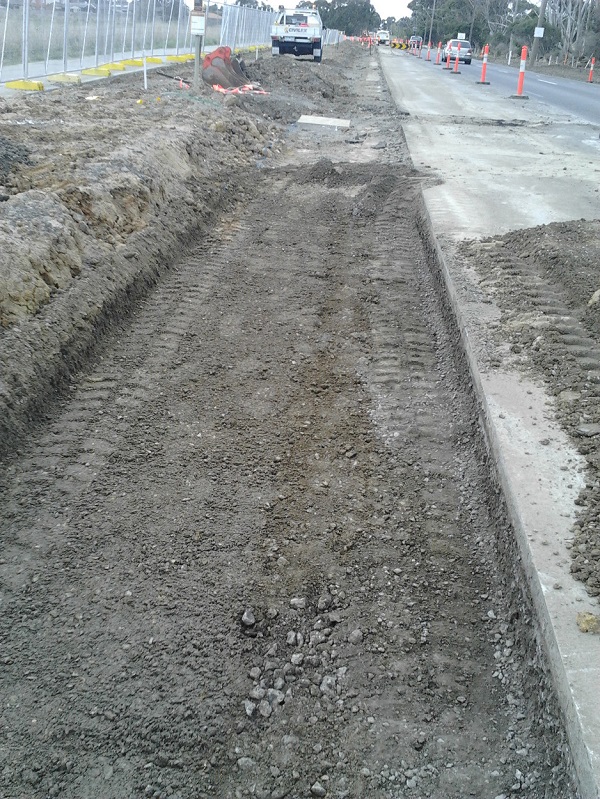
Lane widening. Image credit: LGAM Knowledge Base 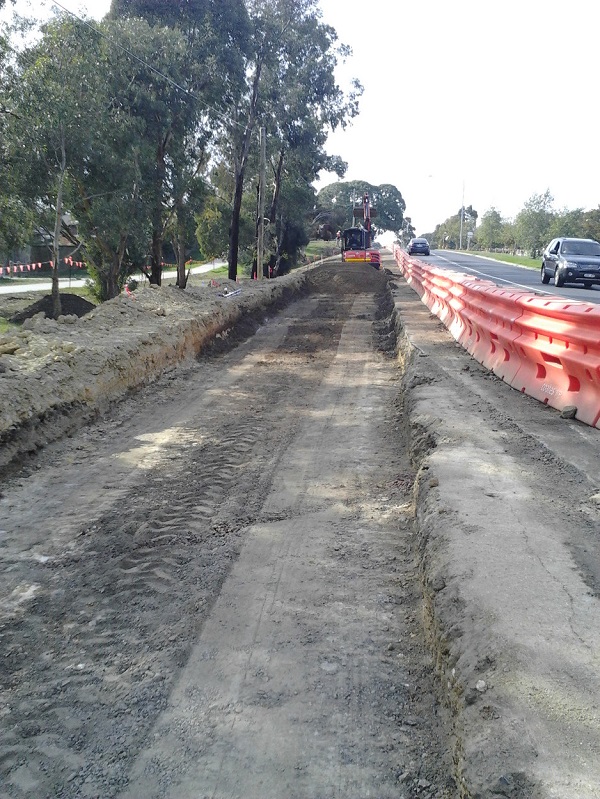
Lane widening. Image credit: LGAM Knowledge Base 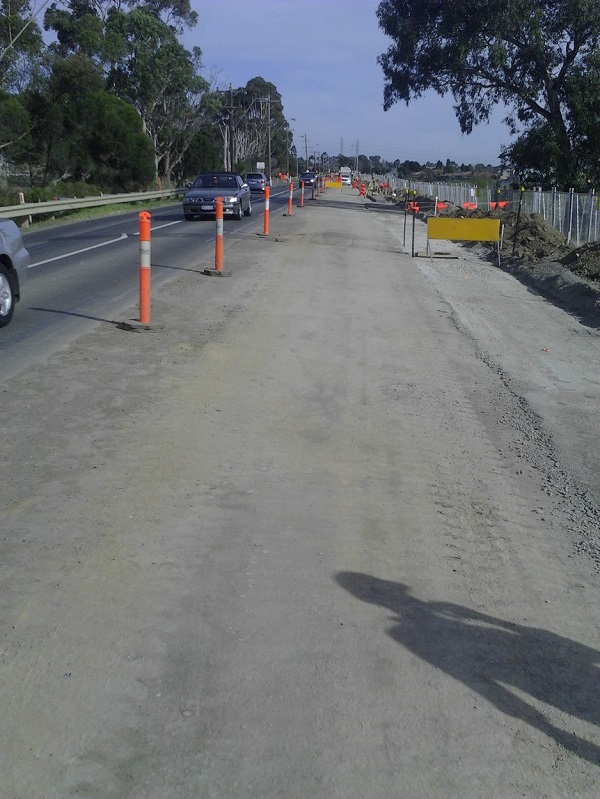
Lane widening. Image credit: LGAM Knowledge Base 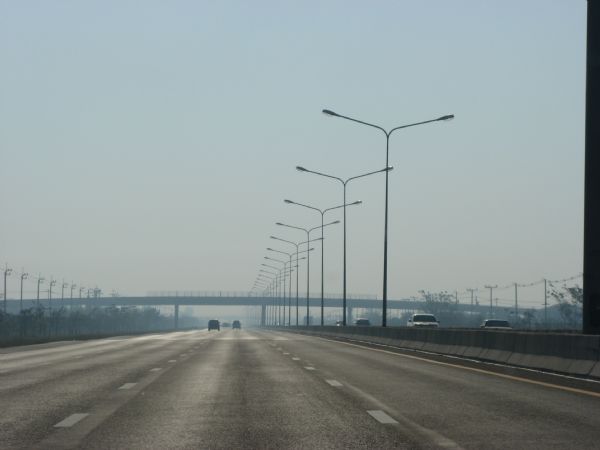
A wide lane freeway in Thailand with street lighting. Image credit: Peter Croft 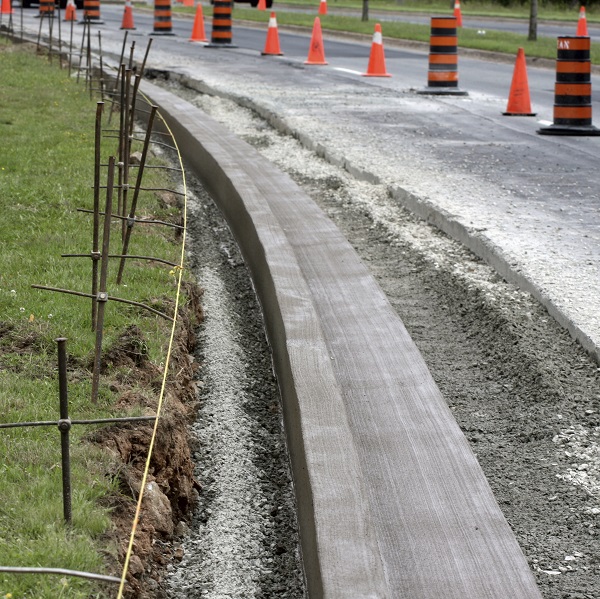
Lane widening works. Image credit: iStock 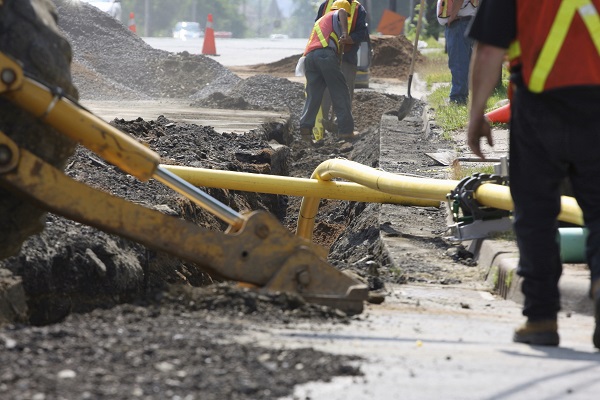
Lane widening works. Image credit: iStock 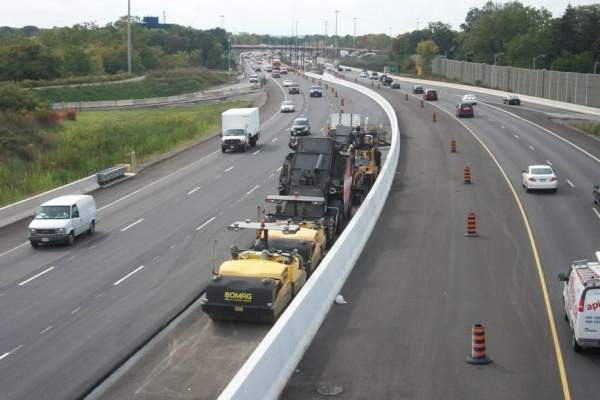
Lane widening works. Image credit: www.roadtraffic-technology.com










